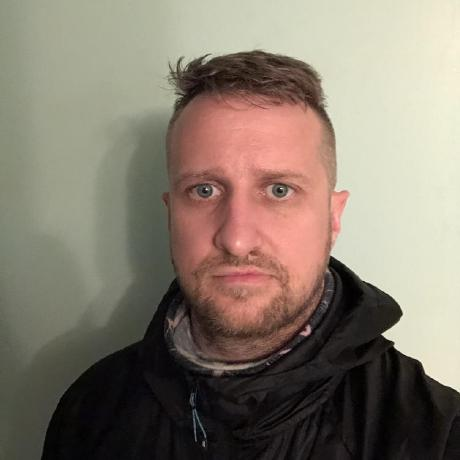May 2022: John Kuttai
Leveraging Convolution Neural Networks for Time-series Quality Control
Abstract¶
With modern instrumentation time-series data is readily available heightening the level of quality control. DCIP acquisition for example, resistivities, chargeabilities and decay curves are no longer the base of validating data points. The building blocks of the calculated properties can now be analyzed to uphold a better integrity of the data itself. The challenge now is analyzing numerous time-series manually. Each point has transmit and receiver data. Particularly with distributed systems, an overwhelming amount data is available. Classically used statistical methods can be employed but can cost a lot in time. Next best would be to simulate the geophysicist looking at the data. Borrowing techniques from computer vision, convolution neural networks can be trained to “visually” inspect time-series. With most of the heavy lifting of time-series analysis alleviated, the geophysicist can have more time and information to make better informed decisions. Though DCIP time-series is the primary focus here, the techniques presented can certainly extend into time-domain controlled source electromagnetics.
May 26th @ 10am PT
Bio¶

John Kuttai is a senior geophysicst for DIAS Geophysical’s research and development team (also, soon to be UBC Graduate student!!). While primarily servicing the mineral exploration sector, his contributions maintain the processing and inversion needs for DC resistivity, induced polarization, magnetic gradiometry, natural and controlled source frequency domain methods. Through signal processing to inversion, a complete comprehensive work flow to manage big data and inversion for drill target identification is the main focus of his work.